Silja Valta
Energy Day 2025 was held in Helsinki on 2 October. This year, we organised the event as an international gathering for the first time, bringing together stakeholders from several countries. From the organiser’s perspective, the day was a success: the talks offered fresh perspectives on key questions for the energy transition, and the networking that continued over dinner helped carry the discussions forward. We built this year’s programme together with a working group drawn from the WEC Finland Board, and I would like to thank them for the excellent collaboration.
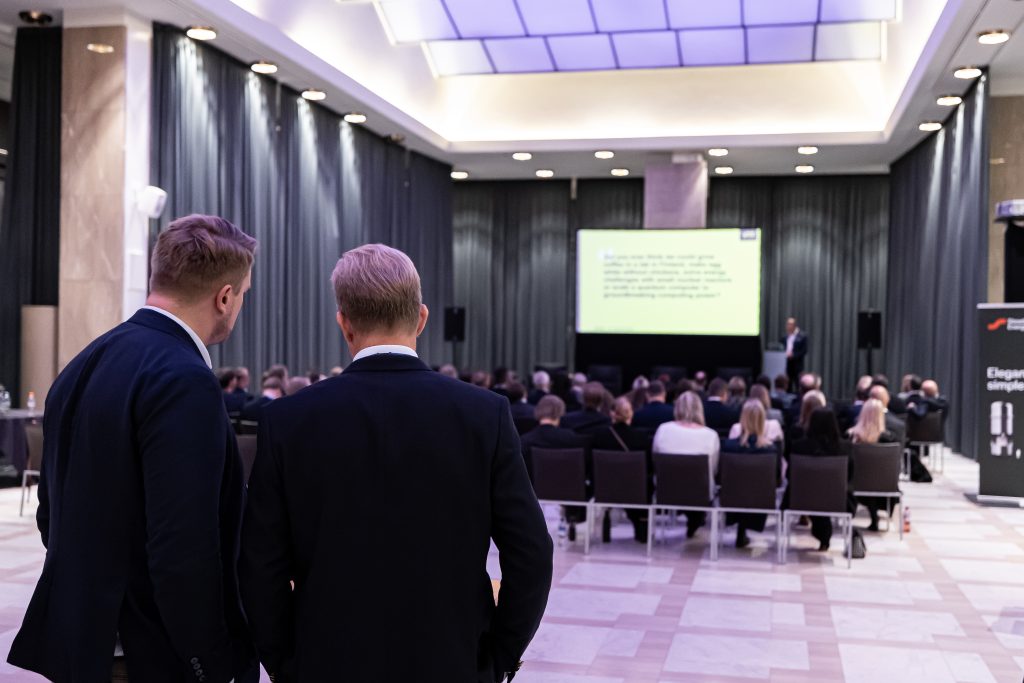
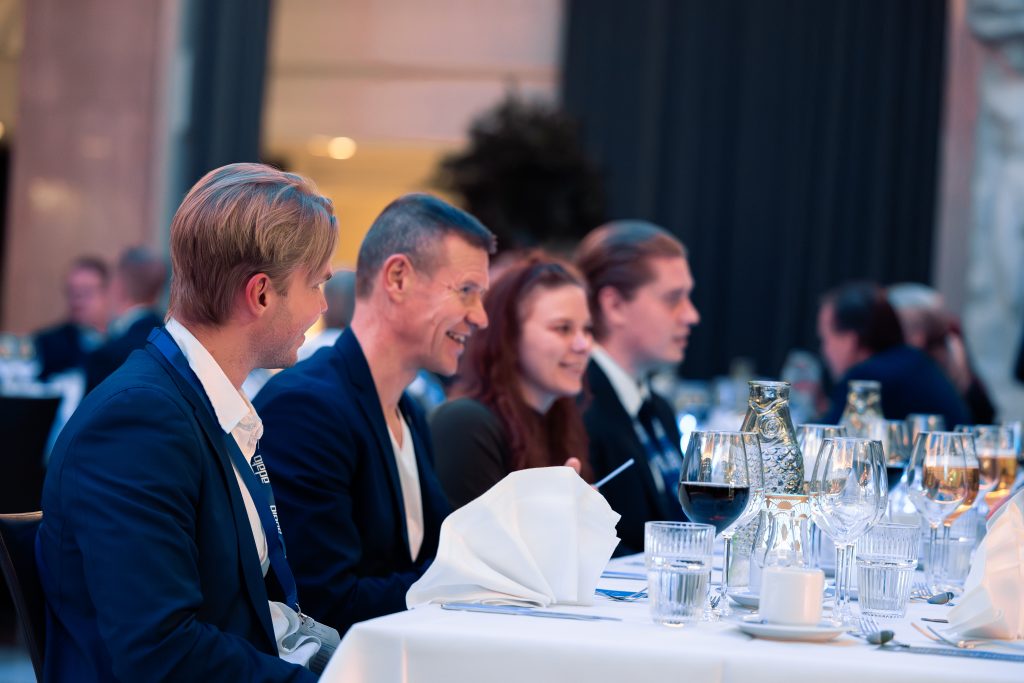
When designing this year’s programme, we wanted to address a question many are asking right now: how do we advance the energy transition in a context of heightened geopolitical uncertainty, where the importance—and at times the predictability—of political decisions is increasingly evident internationally? We therefore chose to approach the topic through both political willingness and technological solutions—both are essential if we want the transition to progress across all dimensions of the Energy Trilemma (energy equity, energy security, environmental sustainability). In practical terms, that meant focusing on how to create stable conditions for investment, how to build new capacity and flexibility sustainably, and how to integrate new demand drivers—such as data centres—into the overall system. The aim was to bring together different viewpoints so that we could build shared understanding of the next steps.
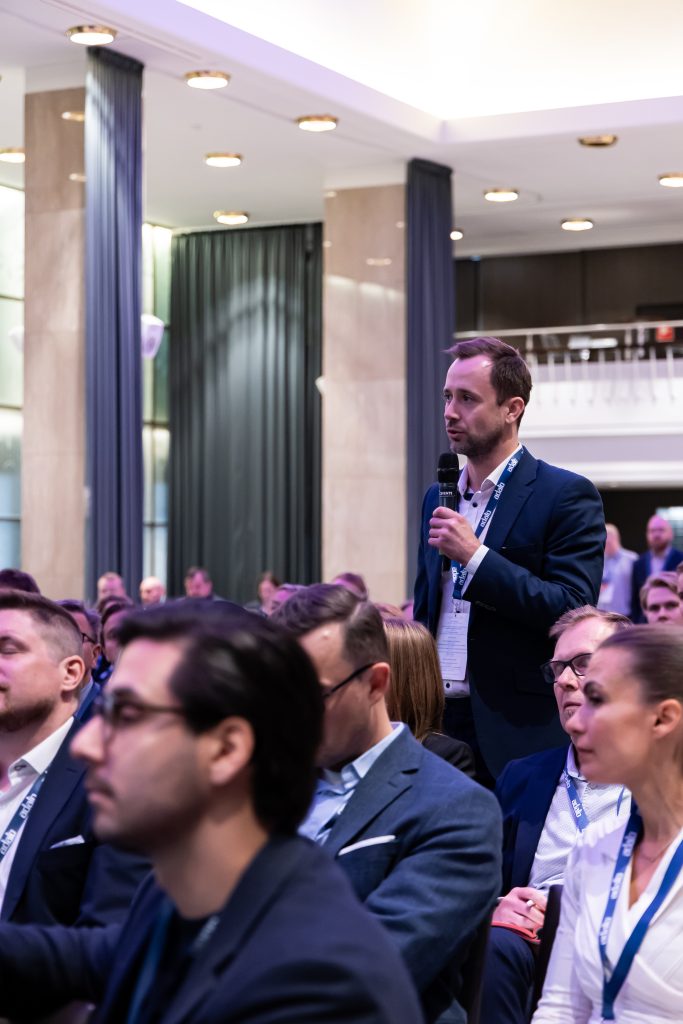
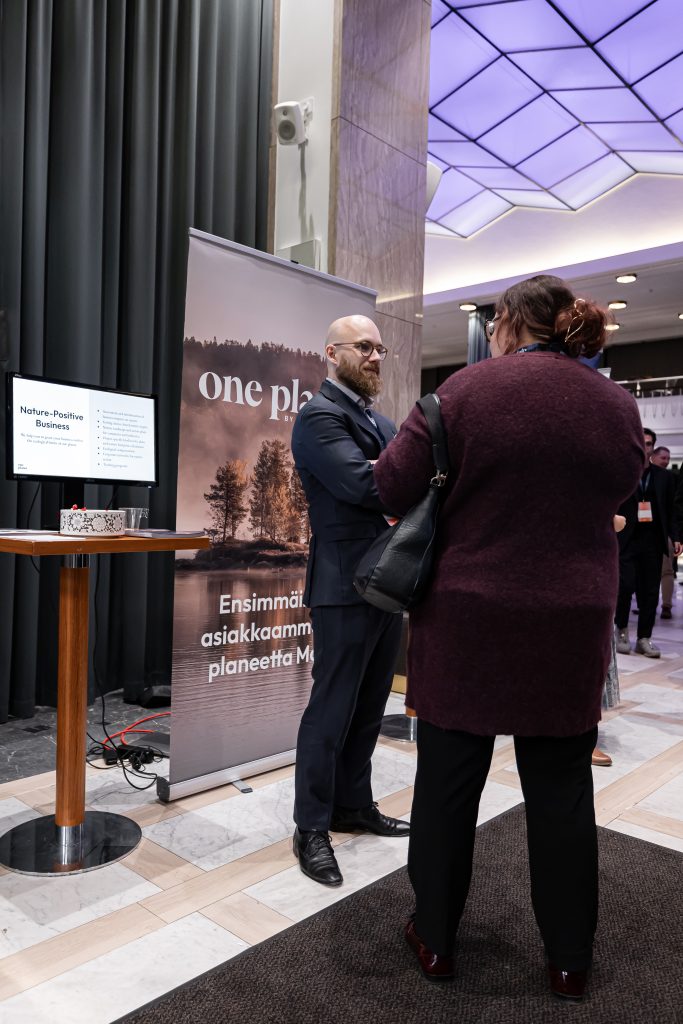
After the day, I kept reflecting on the role of the Energy Trilemma in delivering a sustainable transition. Its strength lies in steering us to consider affordability and access, security of supply, and environmental sustainability simultaneously—not as sequential phases. When markets are predictable and investment signals are clear, affordability and access improve. When capacity, grids and flexibility are developed in parallel, the system is better able to handle variability and shocks. And when the emissions trajectory is credible and technologies are deployed at sufficient scale, sustainability advances without undermining the other two corners. The common denominator is decision-making that is both smooth and predictable: permitting, regulation and market models that enable long-term investment and keep generation, grids, demand and flexibility evolving together.
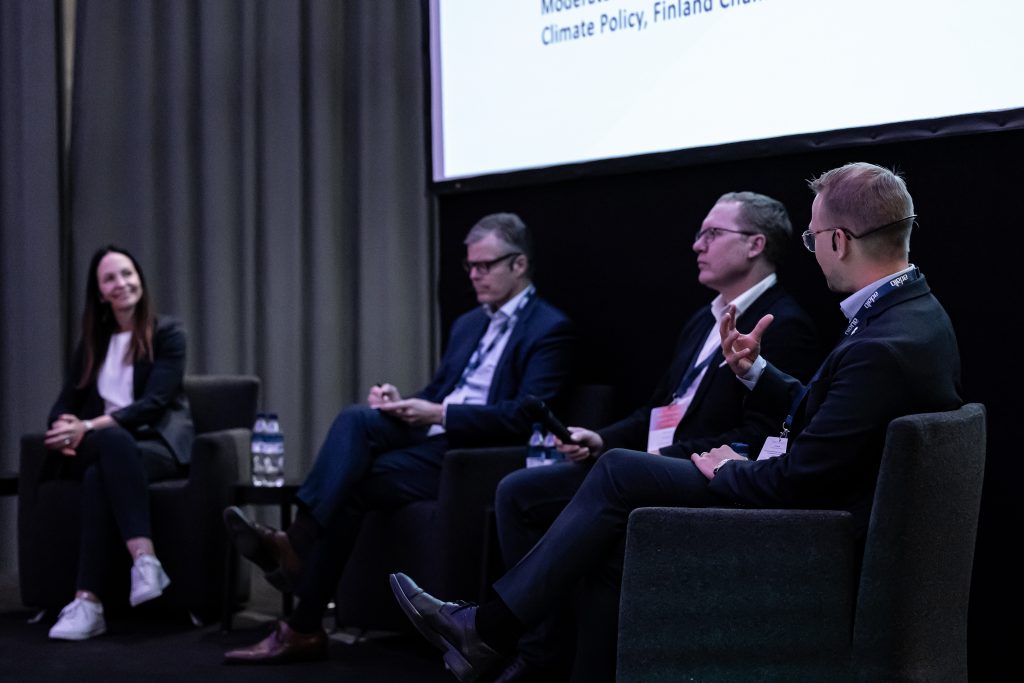
At the same time, the Trilemma reminds us to recognise trade-offs early. For affordability, the key is not to push costs unnoticed into the future—every decision carries a time profile. For security, what matters is day-to-day preparedness, not only exceptional situations: how capacity, networks and capabilities remain robust year after year. For sustainability, it is essential that the emissions pathway stays clear even as the economy cycles and technologies mature at different speeds. The Trilemma does not ask us to choose one corner; it asks us to build confidence that the dimensions of energy equity, energy security, and environmental sustainability can move forward together—provided that direction, rules, and timelines are shared and understood.
I am grateful for all the feedback we have received—thank you to everyone who shared insights and helped make the day meaningful. From here, we look ahead to next year’s Energy Day, which will take place on 20 October in Tampere, alongside the Energy Fair (Energiamessut). We look forward to seeing you there.

Silja Valta
Secretary General, World Energy Council Finland


